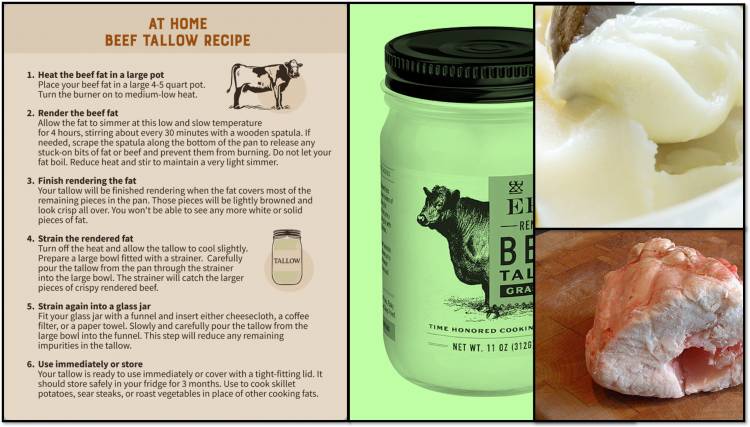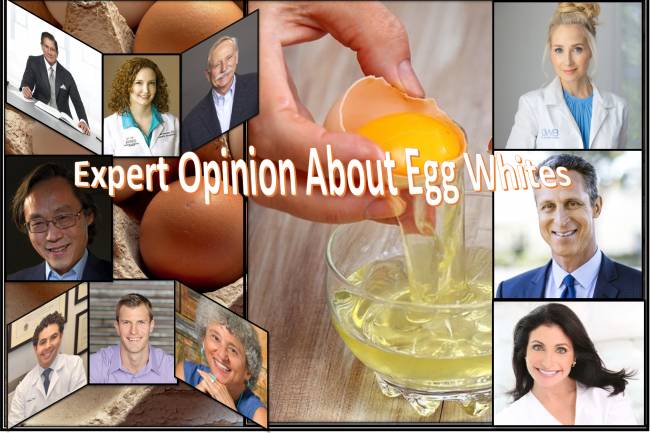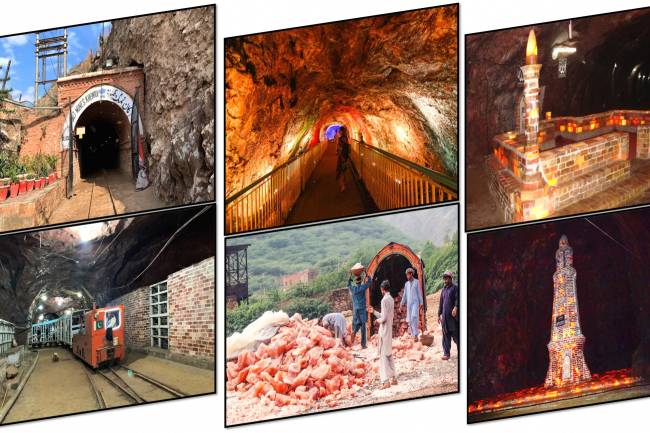
The Health Benefits of Beef Tallow
The Health Benefits of Beef Tallow
The Health Benefits of Beef Tallow The rendered beef fat known as beef tallow has seen a resurgence in popularity as more and more people investigate its potential health benefits. A comprehensive look at these potential advantages is provided below:
Table of Contents
The Health Benefits of Beef Tallow.. 1
A Good Source of Fatty Acids: 1
Fat-soluble vitamins are absorbed: 1
The Content of Saturated Fat: 2
Individual Conditions of Health: 2
Considerations for the Health: 3
• Uses for Flavor and Cooking: 4
Nutritional Analysis:
- Fats make up the majority of beef tallow, which includes:
- Unsaturated fats o Monounsaturated fats, like oleic acid in particular o Linoleic acid conjugated (CLA)
- It also contains fat-soluble vitamins like vitamin A, vitamin D, vitamin E, and vitamin K. Positive effects on health:
A Good Source of Fatty Acids:
- Oleic Acid: Olive oil also contains this monounsaturated fat that may be beneficial to heart health.
- Conjugated Linoleic Acid (CLA): CLA's potential applications include: Facilitating metabolism Improving immune function Possibly lowering inflammation. o Stearic Acid: This saturated fatty acid may reduce cholesterol levels in a neutral or even beneficial manner.
Fat-soluble vitamins are absorbed:
- Fat-soluble vitamins, which are necessary for a variety of bodily functions, can be found naturally in tallow.
- These vitamins are better absorbed when eaten with fat.
High Smoke Point:
- Because of its high smoke point, tallow can be cooked at high temperatures by frying and roasting.
- Overheating of some oils can result in the formation of harmful compounds, which can be prevented by this.
Hair and skin care:
- Because tallow has a fatty acid profile that is comparable to that of human sebum, it may be beneficial for hair and skin. o Skincare products can use it to hydrate and protect the skin.
- You can also use it to condition your hair.
Traditional Applications:
- Some cultures have used tallow to treat skin conditions and heal wounds for a long time in traditional medicine and skincare. Important Factors to Consider:
The Content of Saturated Fat:
- Beef tallow contains a lot of saturated fat, and some people's LDL cholesterol levels have been found to rise when they consume too much saturated fat.
- Consuming tallow in moderation is essential for a healthy diet.
Tallow's Quality:
- The cattle's diet can have an impact on tallow's nutritional value.
- Tallow made from cattle fed grass may contain more CLA and other beneficial nutrients.
Individual Conditions of Health:
- Before incorporating tallow into their diet, people who have certain health conditions, like high cholesterol or heart disease, should talk to their doctor. To summarize: Due to its unique nutritional profile, beef tallow may provide health benefits. However, moderation and consideration of individual health conditions are essential. sources and content that is related
============================
Related Links:
==================
"Beef tallow vs. Seed oil"
"beef tallow vs. seed oil" in greater detail When deciding between beef tallow and seed oils, consider their nutritional profiles, methods of processing, and health effects.
A comprehensive comparison is as follows:
Tallow: Beef
- The Source:
- Produced from beef fat.
- Construction:
- Containing a mix of monounsaturated and polyunsaturated fats, it has a high saturated fat content.
- Contains vitamins A, D, E, and K that dissolve in fat.
- May include CLA (conjugated linoleic acid).
• Production:
-
- Usually accomplished by heating and clarifying the fat.
- Less refined than the majority of seed oils.
- Making food: o Suitable for high-heat cooking like frying and roasting due to its high smoke point.
- Gives food a rich, savory flavor.
Considerations for the Health:
-
- Consuming a lot of saturated fat may cause some people to have higher levels of LDL cholesterol.
- The amount of nutrients in cattle feed (grass-fed versus grain-fed) is a factor. Soybean, canola, corn, and sunflower oils, among others:
- The Source:
- Derived from grains or seeds.
- Construction:
- Contain a lot of polyunsaturated fats, especially omega-6 fatty acids.
- varying amounts of saturated and monounsaturated fats.
- Frequently enriched with vitamins.
- Production:
- Most of the time, it requires a lot of processing, including high temperatures and chemical solvents.
- Possibility of oxidation and trans fat formation.
Making food:
-
- Depending on the oil, smoke points can vary.
- A flavor that is neutral, allowing the other ingredients to shine.
- Considerations for the Health:
- Consuming an excessive amount of omega-6 fats may exacerbate inflammation.
- The oil may degrade and produce harmful byproducts as a result of processing methods.
- Some seed oils oxidize more quickly than others. Important distinctions and points to consider:
- Saturation versus Fats that aren't saturated
- While seed oils are mostly unsaturated, beef tallow is mostly saturated.
- There is ongoing debate regarding the health effects of saturated fats.
- Consuming too many seed oils high in omega-6 can upset the balance between omega-6 and omega-3, which could cause inflammation.
Stability and processing:
-
- Beef tallow is more stable at high temperatures and generally less processed.
- Seed oils are frequently subjected to extensive processing and are prone to oxidation, particularly when heated.
• Uses for Flavor and Cooking:
-
- Seed oils have a neutral flavor, whereas beef tallow has a distinct savory flavor.
- Tallow is ideal for high-heat cooking due to its high smoke point. As a conclusion:
- There are benefits and drawbacks to both seed oils and beef tallow.
- Individual dietary requirements, health objectives, and cooking preferences determine the "better" option.
• Moderation is essential for both, as is selecting reliable sources.
• It is essential to keep in mind how essential it is to consume a well-balanced diet.
==================
Ext Link:
Different Uses of Beef Tallow in The Word
diverse uses of beef tallow in the English language Beef tallow has a wide range of uses, including culinary, cosmetic, and practical ones. The following is a breakdown of its various uses: Uses in the Kitchen: Frying and cooking: Because of its high smoke point, it is ideal for searing, deep-frying, and sautéing. It gives foods a rich, savory flavour.
Baking:
used to give biscuits, pie crust, and other pastries a flaky texture. can be used in savory baked goods in place of butter or shortening. Cast Iron Seasoning: enhances the non-stick properties of cast iron cookware by forming a protective layer over it.
Adding flavour to soups and stews:
enhances the flavor of numerous hearty dishes to a rich depth. As a sleeve: used to help meats stick to seasonings. Uses for Skincare and Cosmetics:
Moisturizer:
- Because its fatty acid composition is comparable to that of human sebum, it is a natural moisturizer. utilized in soaps, lotions, and balms.
- Making soap:
- makes soap bars lather lightly and easily. Lip products: used to make lip balms that are hydrating. Other Applications:
- Make candles:
- a traditional candle-making material that is both natural and sustainable.
Care for Leather:
- Protects and conditions leather items like jackets and boots.
Lubricant:
- utilized as a natural lubricant for machinery and tools.
Biofuel:
- can be utilized in the process of making biodiesel. Conditioning of wood: used to maintain wooden cutting boards and other tools made of wood. In essence, the properties of beef tallow make it useful
_____________________________________________________________________



















